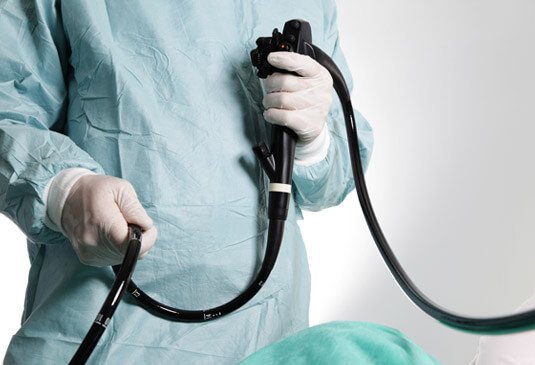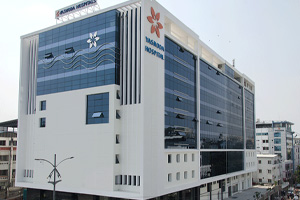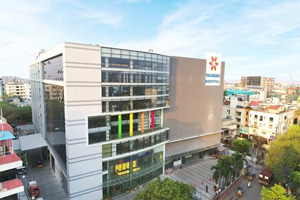
What is ERCP?
Endoscopic Retrograde Cholangiopancreatography (ERCP) is used to view the tubes (ducts) that drain the liver, pancreas, and gallbladder. It provides information that other imaging tests like x-rays or MRI scan cannot. A flexible endoscope, which is a tube with light or camera, is inserted through the mouth and passed down the patient’s throat to view the targeted areas.
Some of the procedures it can be used for are:
Diagnosis: It can be used as a diagnostic procedure to examine the pancreatic duct and bile ducts. It may also be used to take a sample of cells to check for cancer cells.
Stone removal: It can be used to remove stones in the gallbladder. Stones in pancreatic duct can also be removed through the procedure
Stent Placement: Stents can be placed through ERCP to widen a blocked or narrowed duct. Post-ERCP pancreatitis or inflammation of the pancreas can also be avoided by placing a stent in the pancreatic duct.
Drain fluid: Pancreatic or peripancreatic fluid collection can be drained through ERCP. Different techniques are used based on the patient’s condition.








 Appointment
Appointment WhatsApp
WhatsApp Call
Call More
More

